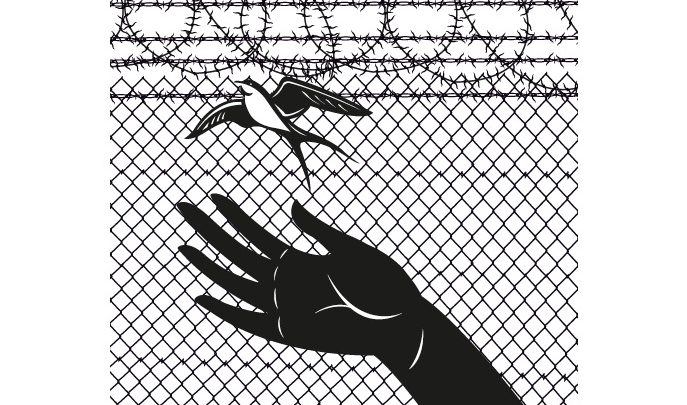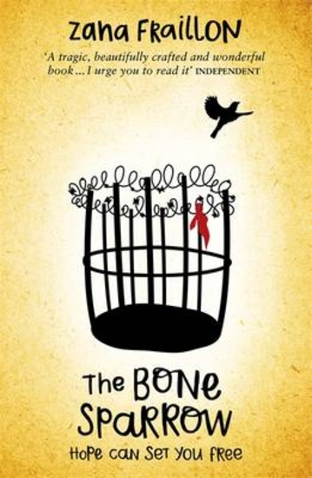Stories Help Children Develop Imagination, Belief And Hope For A Better Future

"Without a someday, we are trapped" – 'The Bone Sparrow' author, Zana Fraillon, explains that when children naturally ask 'Why?' about a difficult topic that stories can help provide an answer

I first had the idea to write The Bone Sparrow many years ago. I was having breakfast and came across an article about asylum seekers. I can’t remember the exact piece, but what I do remember is turning the page. I had seen so many news reports. I was horrified and saddened by the plight of these people, and I felt helpless. And so I turned the page.
This act of turning away was a simple one but it weighed on me because this was an issue I cared about deeply. If I was ignoring it, what hope was there for people who didn’t already care?
I realised then what was missing – the human stories. I wanted to see the people, hear their voices. I knew the numbers and the political rhetoric but it is hard to find empathy for statistics. I realised that I needed to bring those numbers to life, back to what they actually represented: people.
It was clear to me from the start that children, with their wide open minds, were the ones who would best grasp the human story. Children, with their fantastic ability to imagine any existence, their willingness to be led deep inside a story and trust that no matter where it takes them, they will be safe. Changed, but safe.
Unlike adults, they’re not constrained by circumstance, because they know that they are in a very transitional time in their lives. A child’s future can be anything.
It is this notion, and the desire of children to discover the world, that makes writing books like The Bone Sparrow possible. Young people see the news reports and listen as adults talk in hushed tones around them. They know the terrible things experienced by children just like themselves. But unlike grownups, who can too easily turn away, children have a desire to find out more. As an author, I am drawn to the absences and silences around us, and strongly believe that this is something that children are also attracted to. Adults are far happier to accept things on face value, whereas kids are constantly asking ‘Why?’. And it is this very human, instinctual need, that makes stories so vital.
If we think of ancient cave paintings in Africa, these were tales of survival that told what the world out there was like. They showed exactly what people might encounter if they stepped outside the cave, and enabled the human race to imagine a way to survive.
Without imagination, without stories, we humans wouldn’t have stood a chance. Children understand this. They ask questions, seek out stories, imagine, so that they too can survive.
I was recently asked whether it is hard not to make my books didactic. This question surprised me, because I never set out to tell children what to think. I strongly believe it is an adult’s job to show children the ways of the world, answer questions and fuel discussions, and most importantly, enable children to come to their own understandings.
Having said this, there were things I did not want to write about overtly, such as the sexual abuse of children in detention, because I wanted this book to be as accessible to as many ages as possible.
Trending
Using a young child as a narrator helped – there were things which Subhi saw but didn’t understand that a mature reader may grasp the significance of, while a younger reader would view the incident as simply as Subhi had.
With any topic, the resounding overall belief that children should be left with is one of hope. Of a ‘someday’. Without a someday, we are all trapped. Without hope, there is no way to imagine a solution to a problem; to imagine how we might survive in such a situation; to dream.
And perhaps this is what we are losing the older we become – our somedays become closer and harder to achieve. We lose the belief in ourselves to imagine a different future.
Rather than spending so much time focusing on test results, we should be showing children the importance of imagining, daydreaming, thinking and believing, and that in every situation there is hope for change. It is only through imagination that change is possible, and there are no better imaginers than children.
 Zana Fraillon worked as a primary school teacher before having children. Her book The Bone Sparrow is out now. Follow her on Twitter at @zanafraillon.
Zana Fraillon worked as a primary school teacher before having children. Her book The Bone Sparrow is out now. Follow her on Twitter at @zanafraillon.











